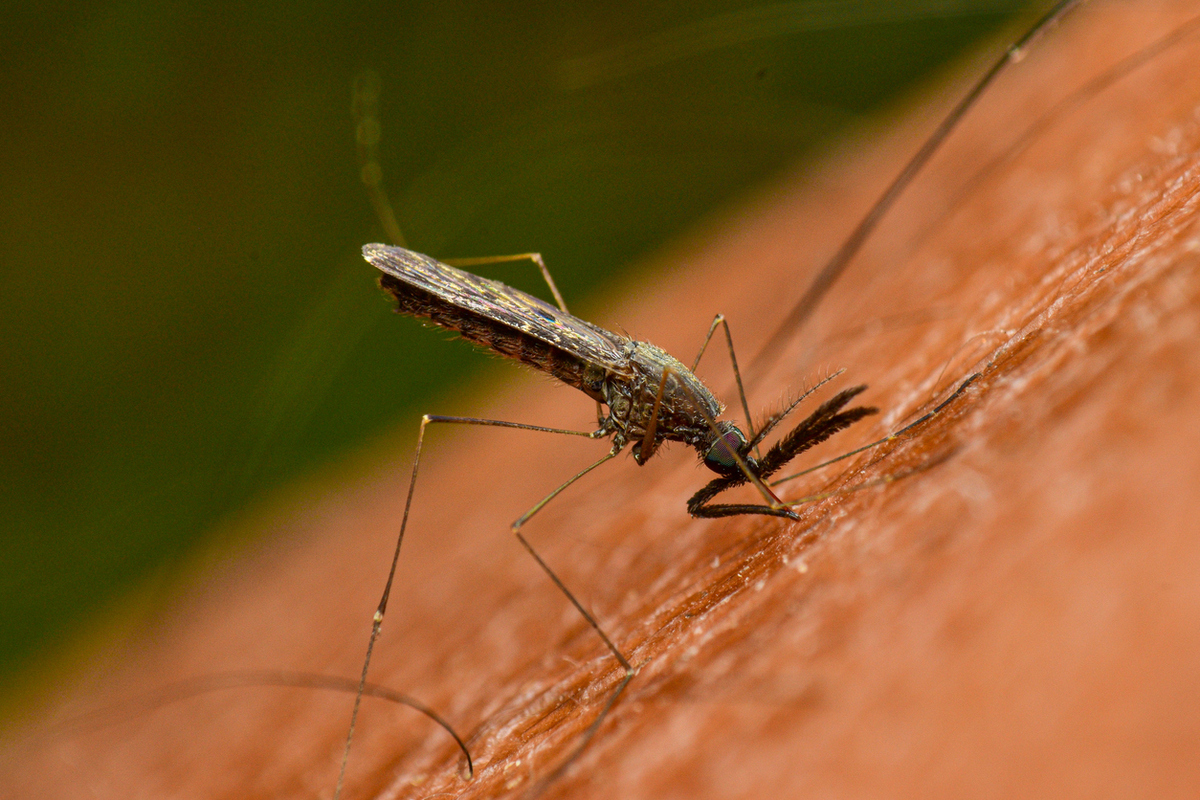
Study Examines Ethical Use of Genetic Modification to Eliminate Harmful Species
June 18, 2025| |
A research team from Texas A&M University analyzed the use of genetic engineering as a conservation strategy to eliminate harmful species, focusing on the New World screwworm, Anopheles gambiae mosquito, and invasive rodent species (e.g., house mouse and black rat). The study, published in Science, aims to foster a more nuanced understanding of the ethical use of genetic modification technologies.
The team examined various genetic modification technologies, including the Sterile Insect Technique (SIT), Female-Specific Release of Insects with a Dominant Lethal (fsRIDL), gene drives, and sex-biasing gene drives. These techniques have already been deployed or proposed to control or eradicate pest populations by either suppressing reproduction or skewing sex ratios. While these technologies have proven their effectiveness, they also raise concerns about unintended ecological consequences and the moral cost of eliminating entire species.
The researchers concluded that extinction by genome modification should be approached with caution and considered under specific conditions, such as when a species causes extreme suffering or poses a significant threat to public health or food security. The study calls for inclusive governance, ecological risk assessments, and strong ethical frameworks to guide these decisions. “We need to balance the potential benefits with the moral responsibilities we have towards all species,” Professor of Philosophy Dr. Clare Palmer said.
For more information, read the article from Texas A&M University or the study from Science.
| |
You might also like:
- What is Gene Drive?
- Gene Drives as an Emerging Biotechnology for Agriculture and Biodiversity Conservation
- New Gene Drive Technology Reverses Insecticide Resistance in Pests
Biotech Updates is a weekly newsletter of ISAAA, a not-for-profit organization. It is distributed for free to over 22,000 subscribers worldwide to inform them about the key developments in biosciences, especially in biotechnology. Your support will help us in our mission to feed the world with knowledge. You can help by donating as little as $10.
-
See more articles:
-
Plant
- EFSA GMO Panel Releases Scientific Opinion on GM Soybean MON87708
- ICRISAT Develops World's First Extreme Heat-Tolerant Pigeonpea via Speed Breeding
- Indonesia Showcases Agricultural Biotechnology Innovations to Stakeholders
- Pairwise Licenses Gene Editing Platform to CIMMYT
-
Animal
- KAIST Researchers Pioneer RNA Modification in Living Organisms
- Study Examines Ethical Use of Genetic Modification to Eliminate Harmful Species
-
Environment
- TU Wien Scientists Engineer Bacteria to Metabolize Carbon Monoxide
- Save the Date: ASCA8 in Manila - September 2025
-
Read the latest: - Biotech Updates (November 12, 2025)
- Gene Editing Supplement (October 29, 2025)
- Gene Drive Supplement (February 22, 2023)
-
Subscribe to BU: - Share
- Tweet

